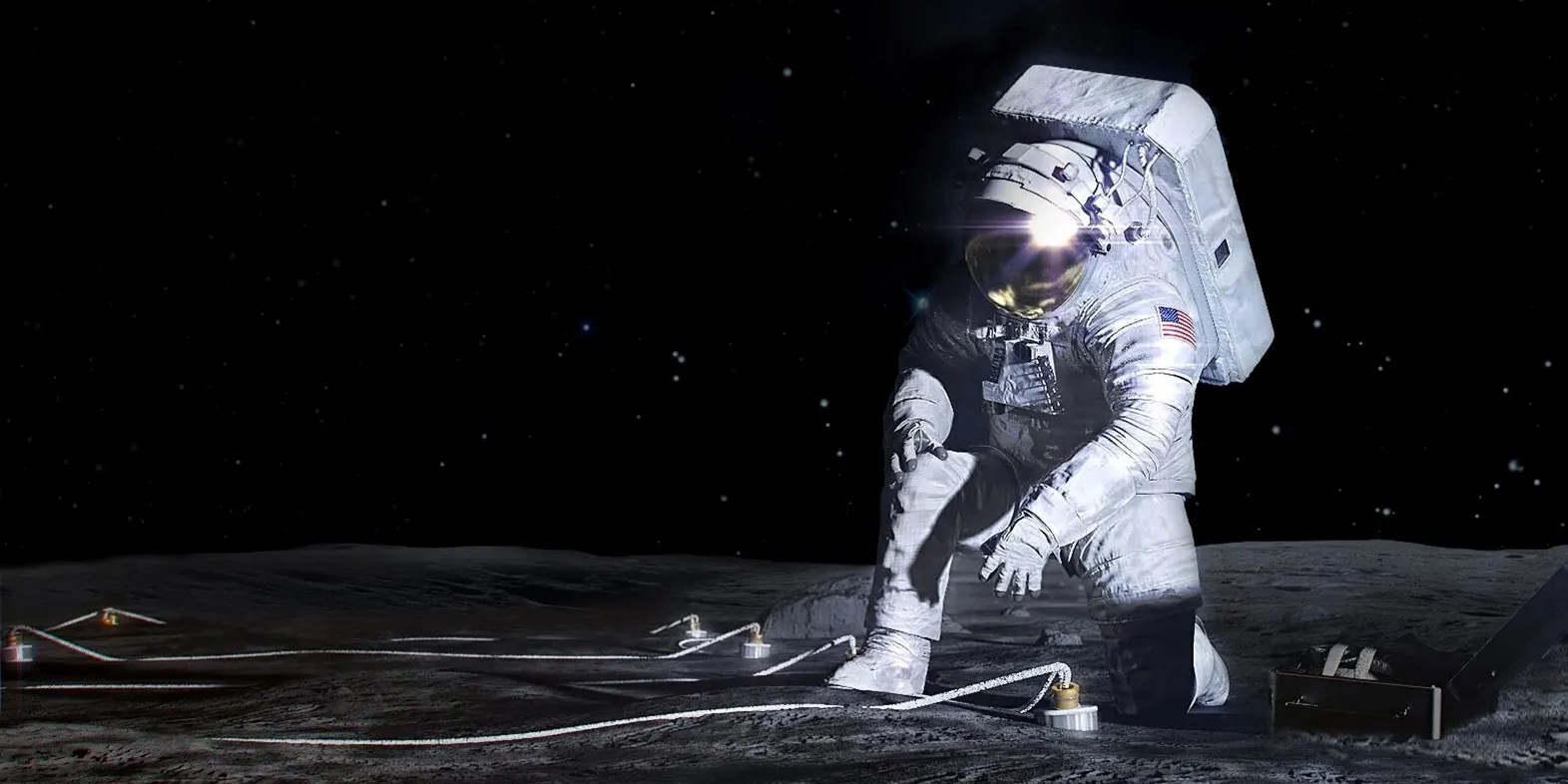
A new approach to spacesuit technology promises to revolutionize astronaut life support systems, ensuring sustainability and self-sufficiency in the harshest environments of space. Scientists at Weill Cornell Medicine and Cornell University are addressing a significant challenge in space travel: water reclamation. Inspired by the “stillsuits” from Frank Herbert’s “Dune” novels, the new spacesuit system prototype aims to extend spacewalks and improve astronaut hygiene by recycling expelled urine into drinkable water.
This development comes amidst changes in the landscape of spacesuit providers. Collins Aerospace recently withdrew from its contract with NASA to develop new extravehicular mobility units, or EMUs, for the International Space Station due to misaligned timelines and budgetary constraints. Meanwhile, Axiom Space continues to progress with its AxEMU spacesuit for Artemis missions targeting the lunar south pole.
The prototype design from Weill Cornell Medicine and Cornell University includes a vacuum-based external catheter connected to a combined forward-reverse osmosis unit, housed in a backpack. This system collects and purifies astronauts’ urine, converting it into potable water.
Designed with future NASA missions in mind, including Artemis 3 and beyond, these urine collecting stillsuits could be integrated into existing EMUs being developed by NASA and Axiom Space, and are also envisioned for crewed Mars missions in the 2030s. They aim to provide a continuous water supply during spacewalks, addressing discomfort and hygiene issues associated with traditional NASA spacesuit urine collection systems, which are essentially adult diapers.
The prototype urine collection device includes a flexible fabric undergarment, a gender-specific collection cup, and a vacuum pump connected to a radio frequency identification-tagged hydrogel. The integrated forward and reverse osmosis filtration system recycles 87% of resource recovery into potable water within five minutes.
This sophisticated device, weighing approximately 17.6 pounds and powered by a 20.5 volt battery, features control pumps, sensors, and a liquid-crystal display screen. According to the developers, the system not only recycles urine but can also be used to support long-term mission sustainability by potentially aiding in fresh produce growth and enhancing psychological well-being through the presence of greenery in space.
However, those close to the project have expressed that challenges remain in ensuring the system’s robustness against mechanical failures and adaptability to unforeseen complications in space. They suggest that ongoing research and iterations are necessary to enhance efficiency and reduce the system’s footprint, with testing under simulated conditions and during actual spacewalks being crucial.
As NASA and other space agencies explore the possibilities of long-duration missions, the development of wearable systems that recycle urine into potable water could be a significant innovation. Continued research and testing will be essential in refining this technology before potentially integrating it into future space missions.
FTC: We use income earning auto affiliate links. More.




Comments